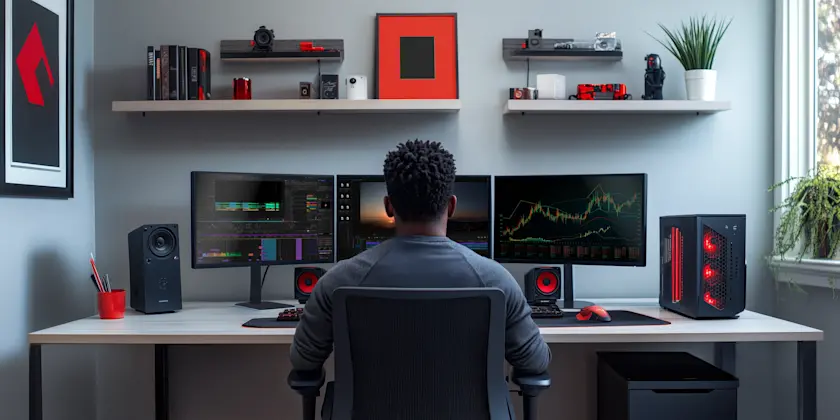Strong and Speedy Internet, Fiber for The Home
- Buzz Delano

- Aug 1
- 3 min read
Updated: Aug 26
Buzz Delano
Principal Consultant, Delano Associates


The premise is simple. Make someone’s internet and Wi-Fi strong and super-fast. Lots of
companies promise this and the truth is, some do, many do not, and internet Wi-Fi is only as
good as its weakest link. However, one detail of every single home network and Wi-Fi can be
improved. And it is the unseen backbone of the network.
Replace the in-wall copper category cable with fiber optic cable.
Fiber is the fastest connection, has virtually no speed or distance limitations and is interference-
free. Copper cannot claim any of this. The adoption of fiber in the home is happening, largely
driven by ISPs like Frontier and Verizon who have laid fiber infrastructure in local area
communities. An ISP that does this is ahead of the game. Fiber “communities” will have greater
reliability and more bandwidth and speed for upload and download to every home that the fiber
reaches. The increasing demand for information and entertainment online, our networks are
getting pounded. Bringing fiber throughout the home completes the final step to probably never
having to suffer an internet traffic slowdown. The in-home router and access points will really
perform well with fiber right up to their physical connection in the home.
To make this happen, the ideal time is when building a new home. Recommend that your client
considers an upgrade to fiber instead of the usual copper CAT5 or CAT6. You can present fiber
for best performance over a lifetime and no matter how many people are on the network at the
same time. The family with a bunch of gamer kids are hogging bandwidth and that will slow
someone else’s Netflix or email. Fiber solves this family dispute.
If the home is already built, adding fiber is more complicated than a new construction but the
good news is that pulling fiber is easier than copper. Only one or two strands of fiber need to go
to each connection point. And then its only one fiber connector termination to make instead of
multiple category cable strip and crimps. Big time savings here.
Fiber is strong, too. While inside the cable fiber is a tiny strand of glass, its surrounding
construction is all about protection and strength. The glass strand has a micro layer of protective
coating or “buffer” and a weave of Kevlar© fabric is wrapped around the fiber. That’s the same
material that bullet proof vests are made from. When the fiber is pulled for installation, the
pressure goes to the strengthening material, not the glass. And today, new fiber technology
allows fiber for the home to be bent tight enough to tie in a knot without breaking.
Fiber manufacturers like Cleerline, SCP, Corning and others have the goods, and it is easy to
get the right tools for terminating fiber from these companies or technician tool companies. For
the devices needed to adapt the fiber termination to connect to the standard connector on a
router or access point, there are suppliers for the smart home industry that do this. AV Pro
Cleerline and IFP Connect can help you choose the right products. Talk with these companies
to begin your quest to deliver better networks for the clients and homes that you integrate.
A Little Bit About Fiber Technology
Fiber optic cable is lightweight, and durable. It works well as distance increases and network
performance is stretched. But a little bit of fiber tech geek details are necessary to share with
you here. Single mode OS2 fiber optic cable supports 10Gbps to 100Gps network speed from
10km to 40km. That’s 6 miles to 25 miles! Fiber carries invisible light waves traveling at different
frequencies such as 1310nm and 1550nm. In lay terms “nm” means nanometers and
nanometers is the size in billionths of the wavelength of the fiber optical signal transmission.
Bigger wave = more distance = same great results. What does this mean in the home? No
network slowdowns, ever. If fiber is good enough for the world and a local community, it belongs
in the home.
Fiber is also a good neighbor. With copper CAT cables, EMI and RF interference happens,
often diminishing network performance. CA needs to be installed away from other cables while
fiber can be installed safely anywhere the home.
As a smart home integrator, you always want to inform your clients how to get the most from
their lovely home’s technology so tell them about fiber. You will get some new business.




Comments